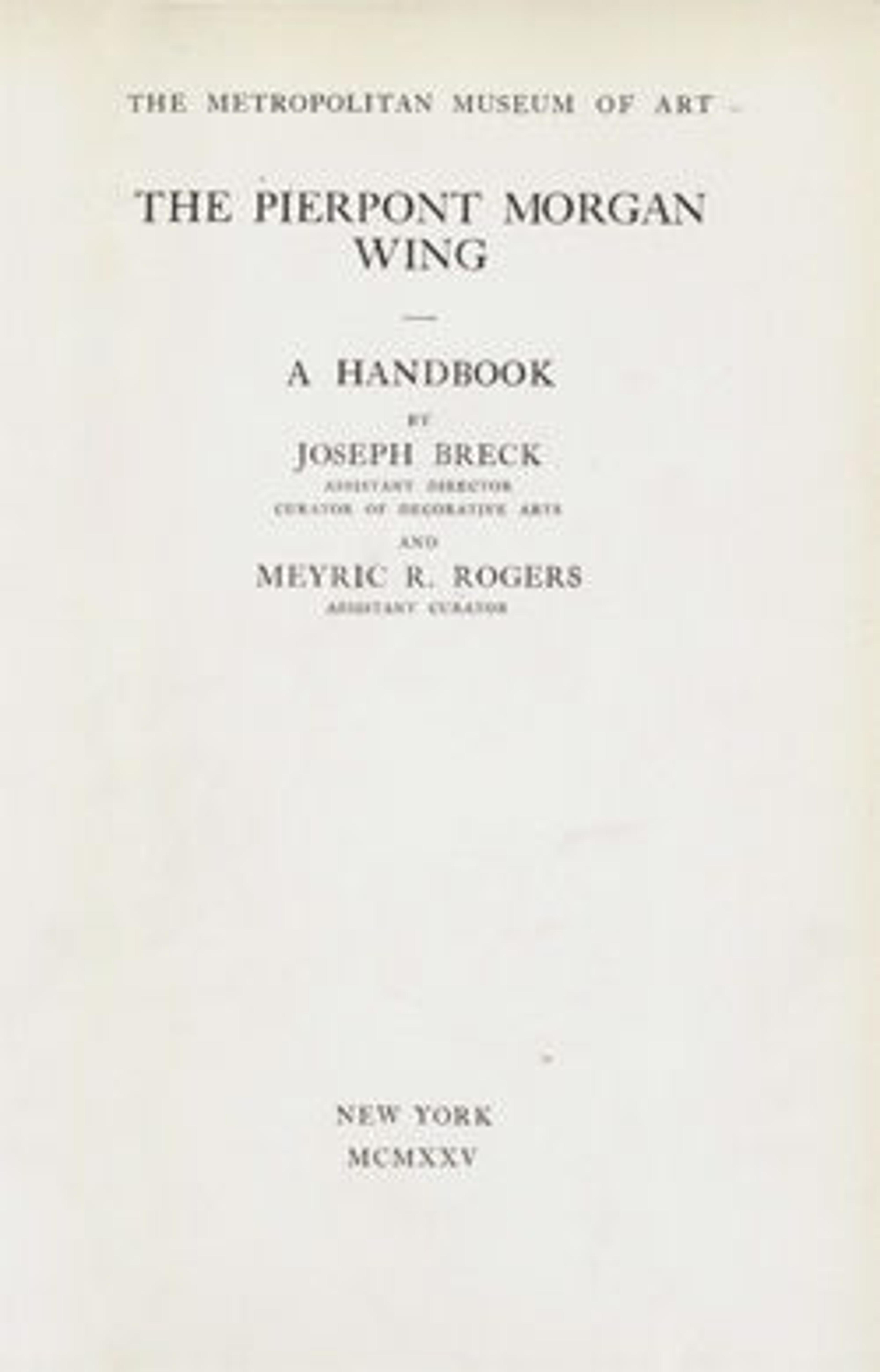Triptych with the Coronation of the Virgin
The stylistic character of this carving is consistent with contemporary Cologne representations of the Virgin and Child in other media, namely in glass painting and sculpture in wood and stone. In this rendering of a popular composition, an angel has just crowned Mary as the Queen of Heaven. The triptych is one of the finest examples of ivory carving from Gothic Cologne.
Artwork Details
- Title: Triptych with the Coronation of the Virgin
- Date: 1325–50
- Geography: Made in Cologne, Germany
- Culture: German
- Medium: Elephant ivory with polychromy, gilded decoration, and metal mounts
- Dimensions: Overall (open): 15 7/16 x 9 1/16 x 2 3/8 in. (39.2 x 23 x 6.1 cm)
Overall (Closed): 15 7/16 x 6 x 2 3/8 in. (39.2 x 15.2 x 6.1 cm)
Wings: 12 5/16 x 2 1/4 x 3/8 in. (31.2 x 5.7 x 0.9 cm)
Central Panel: 13 15/16 x 4 1/2 x 3/4 in. (35.4 x 11.5 x 1.9 cm)
Base: 1 9/16 x 6 x 2 3/8 in. (4 x 15.2 x 6.1 cm) - Classification: Ivories-Elephant
- Credit Line: Gift of J. Pierpont Morgan, 1917
- Object Number: 17.190.211
- Curatorial Department: Medieval Art and The Cloisters
More Artwork
Research Resources
The Met provides unparalleled resources for research and welcomes an international community of students and scholars. The Met's Open Access API is where creators and researchers can connect to the The Met collection. Open Access data and public domain images are available for unrestricted commercial and noncommercial use without permission or fee.
To request images under copyright and other restrictions, please use this Image Request form.
Feedback
We continue to research and examine historical and cultural context for objects in The Met collection. If you have comments or questions about this object record, please contact us using the form below. The Museum looks forward to receiving your comments.
